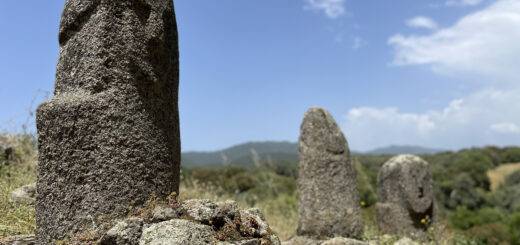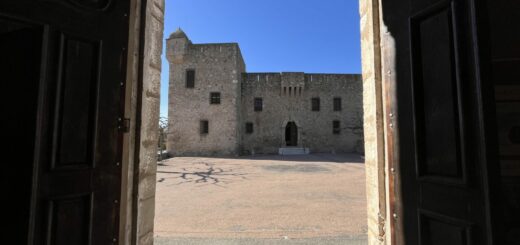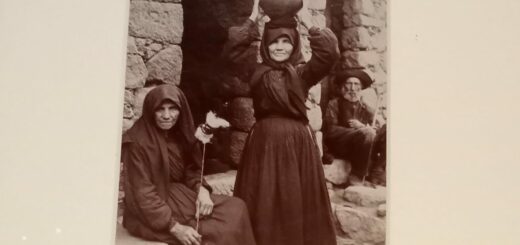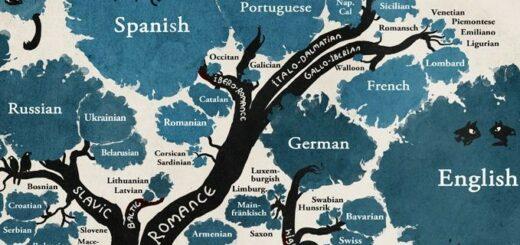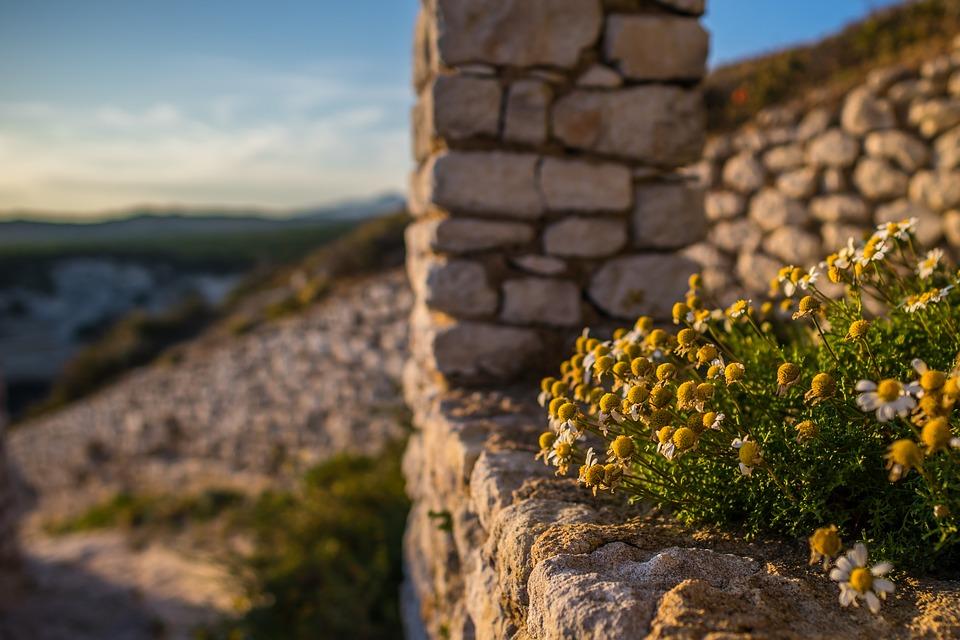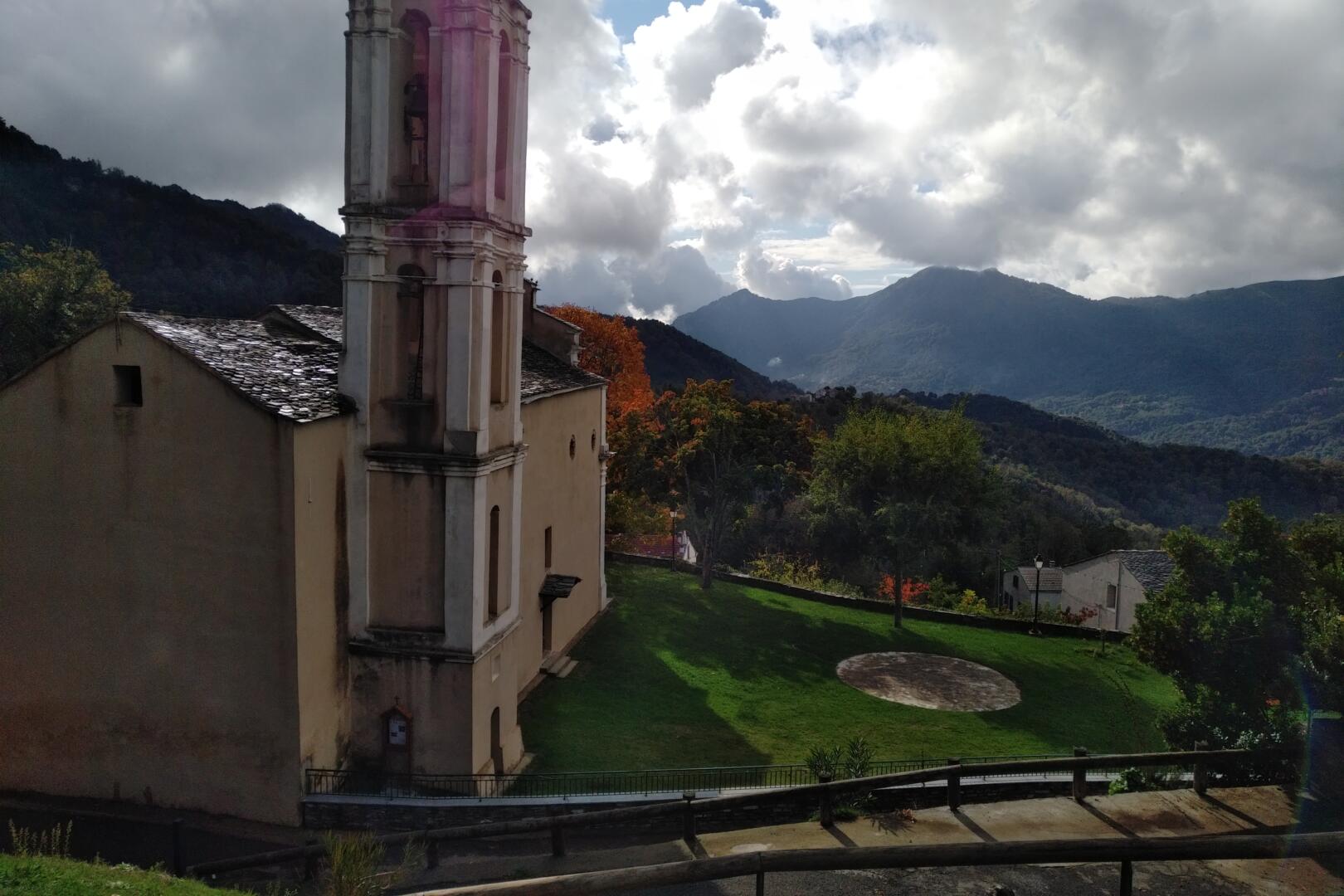The Convent of Orezza, a piece of independent Corsica’s history
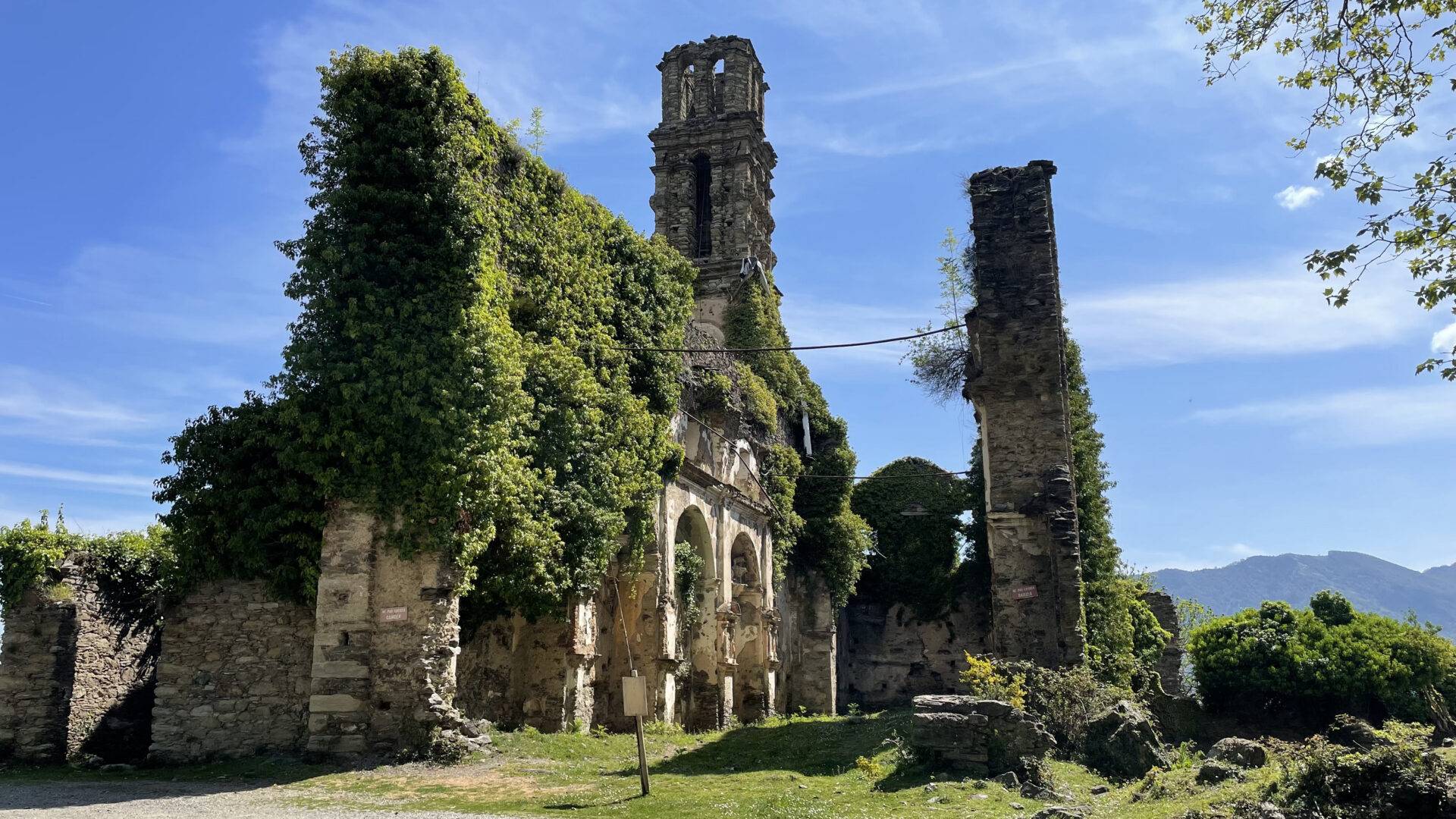
Christian culture and heritage are closely linked to independent Corsica’s history. And so is the Convent of Orezza. It was erected around 1485 by the Franciscan Brotherhood, close to the village of Piedicroce. Like the edifices built around the same time in the neighboring areas of Alesani and Ampugnani, the Convent of Orezza bears the legacy of those who fought for their ideals.
The importance of the Convent of Orezza during Paoli’s era
During the XVIIIth century, like almost everywhere else in Europe, the Church had a significant weight in political and social life. Important decisions were taken during the “Cunsulte”. Those assemblies would gather theologians and political leaders to determine the suitability of actions to come, in accordance with the principles of the Church. The Convent of Orezza held two of the most significant “Cunsulte”. First in 1731. Theologians declared the Corsican cause, their wish to break free from Genova, “holy and righteous”. Then, in 1735, another “Cunsulta” declared the independence of the island, naming Jacintu Paoli (father of Pasquale Paoli), Don Luigi Giafferi, and Andrea Ceccaldi as generals of the Nation. They also decided that Corsica would be placed under the protection of the Holy Virgin. Those events gave the Convent of Orezza a highly symbolic power in today’s Corsicans’ hearts.
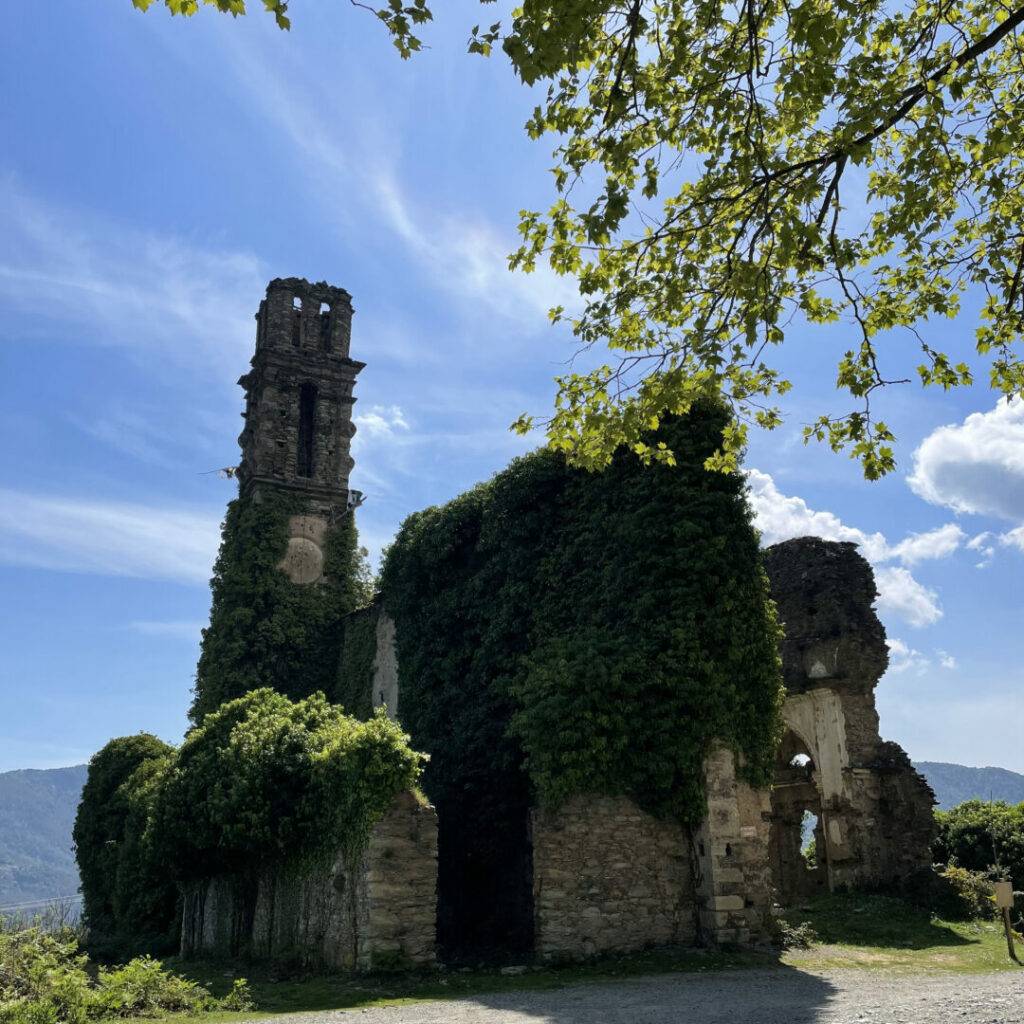
However, History has its own path. A way leading to the eviction of all the religious people throughout France, a few years after the French Revolution (1795 and the first order of separation between the State and the Church). Even though Corsica was freshly part of France, the law applied the same way as everywhere else in the country. The State took possession of the Convent of Orezza but didn’t manage to avoid its inevitable decay.
The destruction of the Convent of Orezza
The place was already highly damaged when the German army finished it off in 1943. Back then the Italian regular army had turned its back on Mussolini. So they switched from being the occupation army in Corsica to becoming the enemy of the German troops moving back from Africa. In 1943, Italian troops were stationed inside the Convent of Orezza. It was an important reserve of ammo. The Germans had taken place a few hundred meters above, where the spring of the waters of Orezza is still active today. They were able to point their canon in the direction of the Convent of Orezza. Which they did.
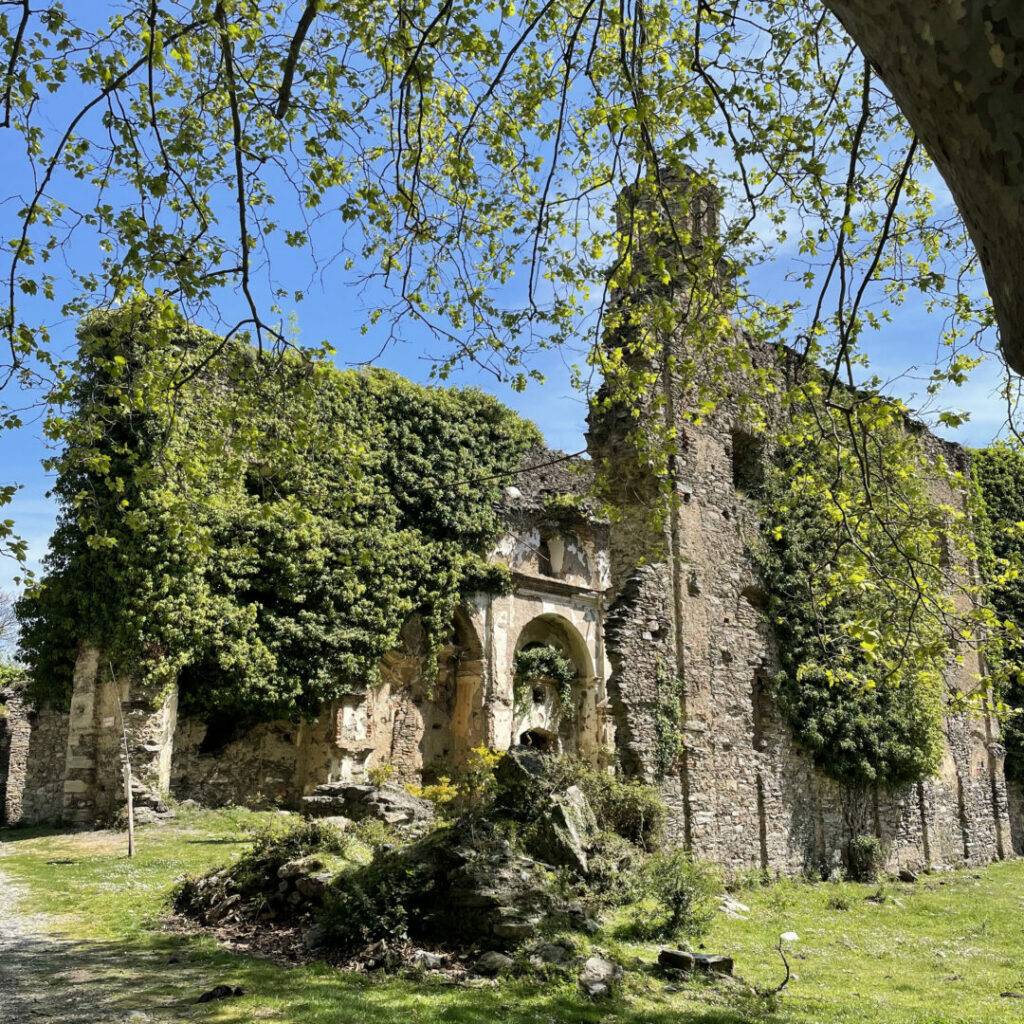
Some years ago, I had the privilege of discussing this event with someone who experienced it very closely. This lady was a kid in 1943. She had to move with her family from down the valley to the village of Carpineto, for obvious safety purposes. Carpineto is a small village situated just above the spring of the waters of Orezza. From there you also have a perfect view of the Convent of Orezza. The lady told me she remembered it was around 8 or 9 in the morning when she heard the sound of the canons. A few rounds were shot and then she heard the echoes of a greater explosion. The house shook, even though the explosion took place a hundred meters away. A huge black smoke was floating above the Convent of Orezza. She told me that she never had ever again experienced such a powerful instant.
The Convent today
The Convent of Orezza is today a ruin. It is still a place worth having a look, for its atmosphere. It is situated on the side of the road between Piedicroce and Campana. You can simply not miss it. Some discussions were made in order to decide whether or not it should/could be rebuilt. Nothing has been decided so far. There is however a cultural activity made around the Convent of Orezza, with a dedicated association and the integration of the place in the newly launched “Strada Paolina”. It is a cultural itinerary built around iconic places of independent Corsica’s history. We will talk about it very soon!
